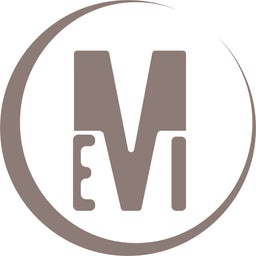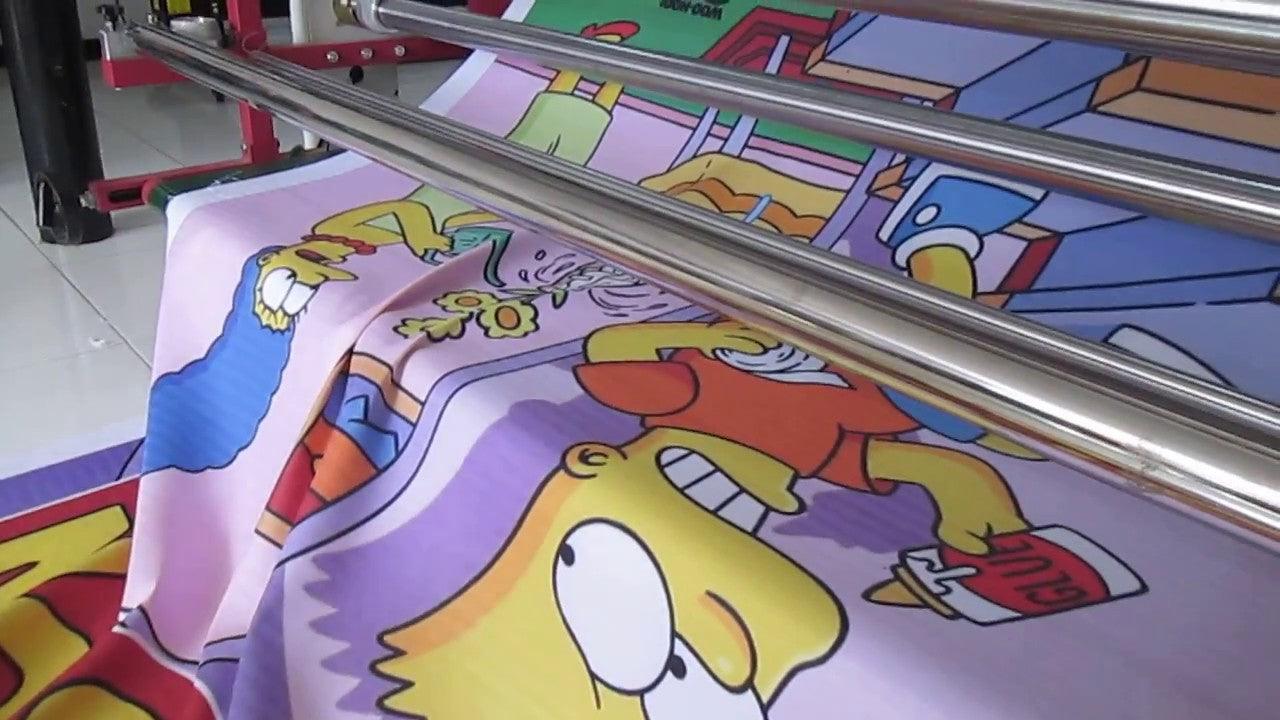En algunas ocasiones nos preguntan, "Si deseo personalizar camisetas completas o personalizar tejidos para crear mis propios diseños, ¿Cómo es el proceso?", aquí hablaremos sobre esta técnica en grandes formatos.
Lo primero que debemos de tener claro son los soportes que podemos personalizar, recuerda que la sublimación nos permite personalizar fibras sintéticas, o una combinación entre fibras sintéticas y naturales. Entre ellas tenemos: Acetato, Acrocel, Arciel, Black Out, Bondeado, Chenille, Cordura, Deportivo Frisado, Dry Fit, Frisa Invisible, Gabardina de poliéster, Gasa, Jersey Set, Ketten, Ketten Frisado, Lycra, Microfibra, Microfibra Elastizada, Micropiqué, Modal, Neoprene, Panamá, Poliamida, Ribtop, Satén, Seda fría, Set de poliéster, Siré, Spun, Tafeta, Tela de avión, Tela de toalla, Tricot, Tropical Mecánico, Tul.
Bien, ahora es importante que tomes en cuenta que este proceso de sublimación nos permitirá trabajar distintos proyectos, que anteriormente, por lo equipos nos veiamos limitados. Aquí te dejamos una lista de algunos:
- Uniformes
- Camisetas
- Cortinas
- Sofá
- Sábanas
- Toallas
- Alfombras
- Vestidos
- Corbatas
- Blusas
- Medias
- Pancartas
- Letreros
- Banderas
- Canvas
Para la aplicación de sublimacion en gran formato, lo que debemos de hacer es utilizar una impresora de gran tamaño, de 44" hasta 64", para realizar la impresión de nuestros diseños, algunos modelos son:
- Epson F6200
- Epson F7200
- Roland Text Art RT640
Y luego procederemos a estampar los diseños en nuestros tejidos, en esta parte depende del equipo que cuentes, una opción son las calandras, las cuales cuentan con rodillos que calientan en donde se pasa la imagen y procede a estamparse en la tela, otra opción son las planchas de sublimación de gran tamaño, es decir, de 24"x32", los cuales permiten sublimar tejidos desarmados.
¿Por qué deberiamos elegir este proceso sobre otros?
- Menor costo de producción
- Mayor calidad en el resultado
- Calidad en imágenes
- Ahorra de tinta debido a la precisión
- Altas producciones



